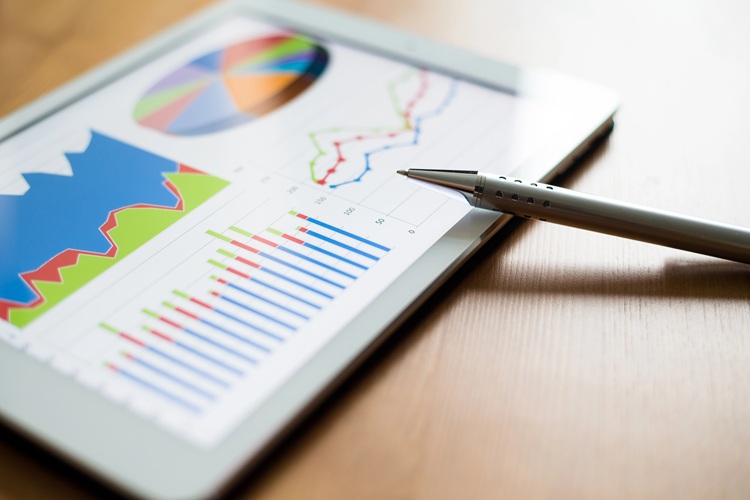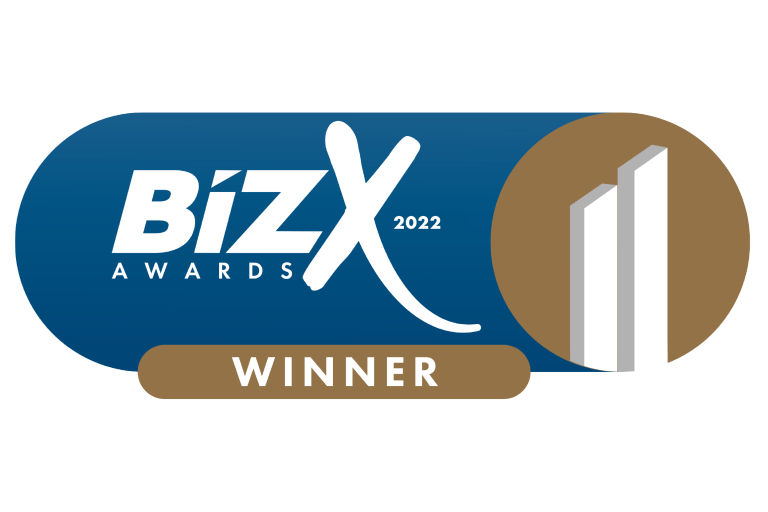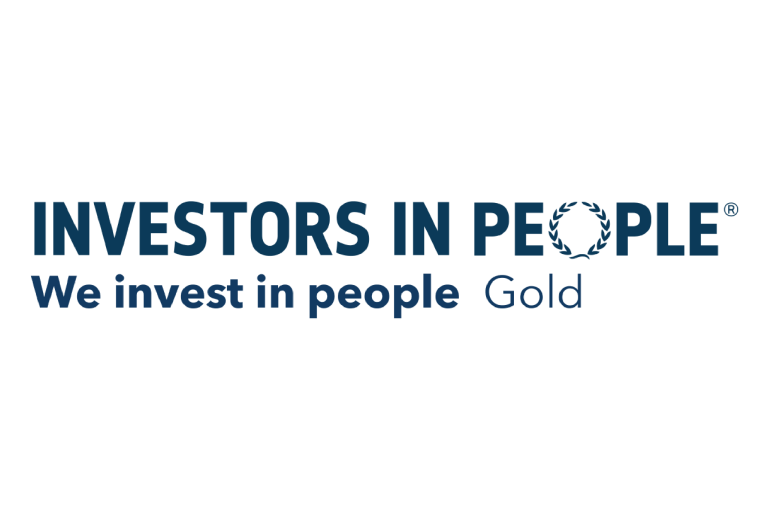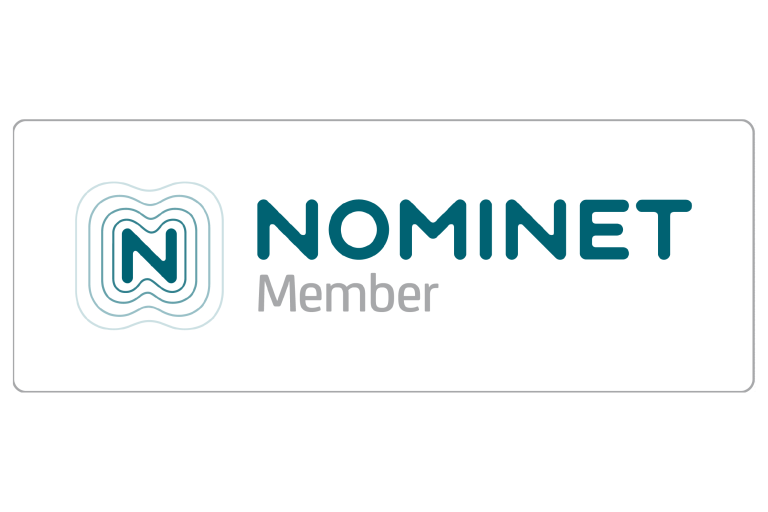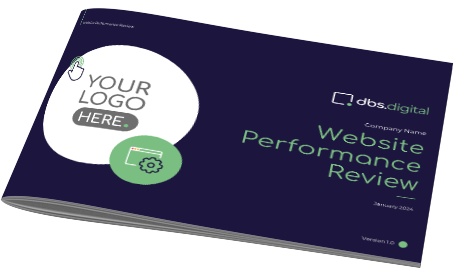Make your analytics work for you by using summer trends to shape your autumn strategy.
Summer might be winding down, but the data it generated is just heating up.
While many businesses treat the summer period as a quiet time, savvy marketers know it’s a goldmine for insights. From website traffic patterns to ad performance and email engagement, your summer data is packed with clues that can sharpen your strategy, increase efficiency, and drive results in the all-important autumn season.
If you’re ready to move beyond passive reporting and start transforming trends into tactics, this guide is for you.
Let’s explore how to turn your summer insights into autumn action.
First, Why Summer Data Matters
Summer can seem unpredictable. Depending on your industry, engagement might drop due to holidays or unexpectedly rise with travel, seasonal spending, or outdoor events. But here’s the thing:
Even the “quieter” periods offer meaningful patterns—if you know where to look.
Summer data reveals:
- How your audience behaves when routines are disrupted
- What messaging or channels continue to perform well off-peak
- Which segments stay engaged year-round
- Where friction or drop-off occurs in your funnel
By analysing these shifts now, you can anticipate what your audience needs next, and get ahead of the Q4 rush.
Step 1: Review Key Summer Metrics
Let’s start with the essentials. Pull data from June through August across your core channels, and focus on these indicators:
Website Analytics (Google Analytics or GA4)
- Pageviews by source: Where did your best traffic come from?
- Bounce rate: Were users finding what they expected?
- Time on site: What content held their attention?
- Top landing pages: Which pages got the most entrances?
- Exit pages: Where did people drop off?
Email Marketing
- Open rates: Did subject lines resonate during summer?
- Click-through rates: Which content or offers drove action?
- Unsubscribes: Any patterns in opt-outs?
Paid Media & Social Media
- ROAS: Which campaigns remained profitable?
- Ad fatigue: Did performance drop over time?
- Engagement rate: Which creatives sparked attention?
E-commerce / Conversions
- Seasonal product performance
- Abandoned cart rates
- Best-performing offers
Step 2: Identify Trends, Not Just Numbers
Once you’ve collected the data, shift from reporting to interpreting. Look for patterns that tell a story.
Ask Yourself:
- Did certain products, topics, or themes perform better than expected?
- Were mobile visits higher (due to more people on the go)?
- Was engagement higher on specific days or times?
- Did email performance dip, or did a particular list segment stay active?
- Which campaigns had high impressions but low conversion? Why?
Example:
You notice that engagement on your short-form video content increased 25% in July. That’s a strong signal to invest more in video for your autumn campaign.
Or perhaps mobile traffic jumped, but conversions dropped. That suggests an opportunity to optimise your mobile checkout flow before Q4.
Step 3: Turn Insights into Autumn Strategy
Here’s where it all comes together. Use your summer findings to refine, redirect or double down on your autumn marketing strategy.
Shape Your Messaging
If light-hearted, lifestyle-focused content resonated in summer, bring those tones into early autumn. People don’t shift from flip-flops to spreadsheets overnight—ease them in with friendly, transitional messaging.
Try:
- “Back to business” campaigns with a summer hangover twist
- Messaging that reflects productivity and flexibility
Optimise Channels That Overperformed
Did email outperform paid ads in July? Did organic search carry more weight than expected?
Shift more budget or attention to those high-performing channels—but don’t copy and paste. Instead, ask: what made them work? Was it the timing? The copy? The format?
Action idea:
Use your strongest summer subject lines or headlines as templates for your autumn creative.
Improve Weak Points Before Peak Season
If your summer analytics revealed bottlenecks—slow pages, high bounce rates, poor ad conversions—fix them now.
September is the ideal window to:
- Improve site speed and mobile responsiveness
- A/B test landing pages or forms
- Clean up email lists and segment more effectively
Reminder: Problems don’t solve themselves in busier months—they compound.
Update Your Audience Segments
Summer engagement often reveals new micro-segments or behaviours. Maybe a new customer persona emerged. Maybe existing segments engaged differently.
Use that intel to:
- Refine your ad targeting
- Personalise emails more effectively
- Adjust your Q4 customer journey
Example:
If younger customers clicked through on TikTok but didn’t convert, build a retargeting funnel that leads them to a better landing page in autumn.
Forecast Q4 Demand Early
If you spot early demand for certain products or services, that’s a cue to feature them prominently in your holiday campaigns.
Look at:
- Which products saw increased traffic, even without discounts
- Where people were “researching” (time on product pages) but not yet buying
- High-performing content that could be repurposed or expanded
Strategy tip:
Create “Q4 warm-up” content based on these insights. For instance, a holiday gift guide teaser using your summer’s top-viewed items.
Final Checklist: Make Your Summer Data Work for You
Before jumping into your next campaign, run through this quick checklist:
- Reviewed June–August data across web, email, social, and ads
- Identified key patterns and anomalies
- Connected trends to audience needs or behaviour shifts
- Used insights to refine autumn messaging, targeting, and creative
- Fixed any technical or user experience issues uncovered
- Set up dashboards to track the impact of autumn changes
Final Thought: Insights Only Matter If You Use Them
It’s tempting to look at summer data, nod thoughtfully—, and move on to your next campaign. But the real ROI comes when you act on those insights.
Your summer data is more than just a rear-view mirror. It’s a roadmap. It shows you what your audience cares about, how they behave under different conditions, and where the next big opportunity lies.
Use it to make autumn your most strategic—and most successful—season yet.
Need help turning analytics into action?
We help brands make sense of their data and build smarter, insight-driven marketing strategies. Let’s talk about how to put your summer numbers to work this autumn.
